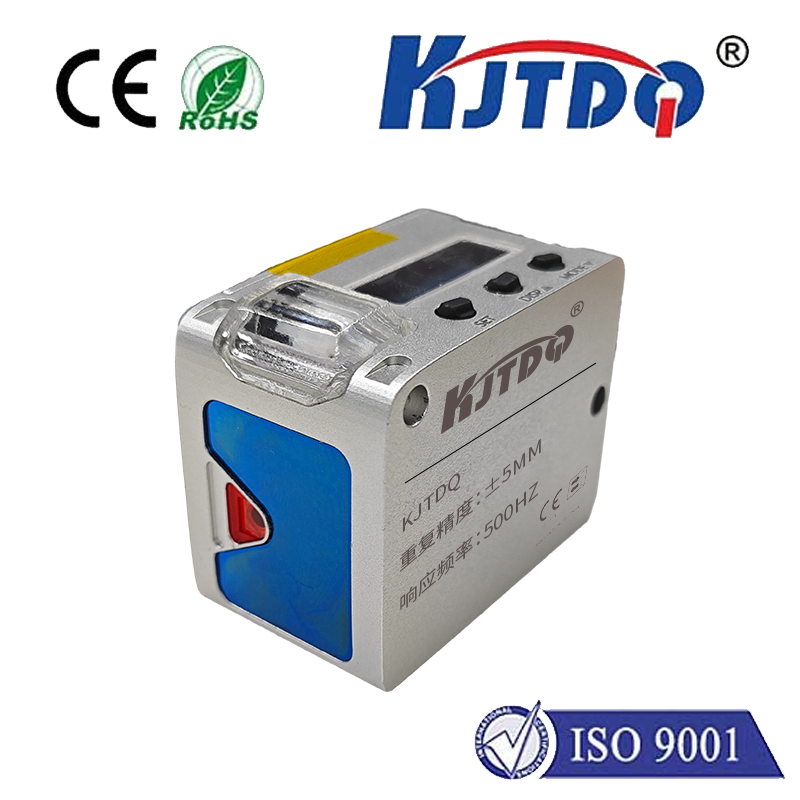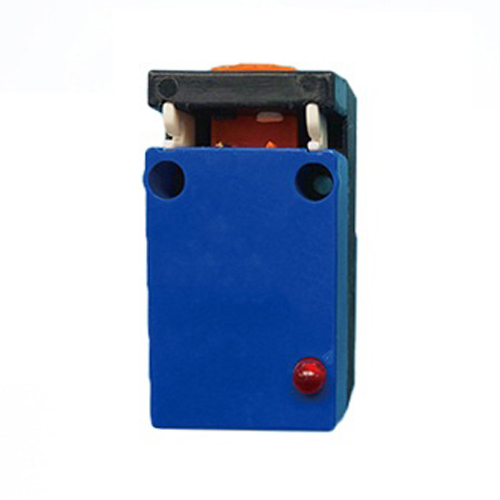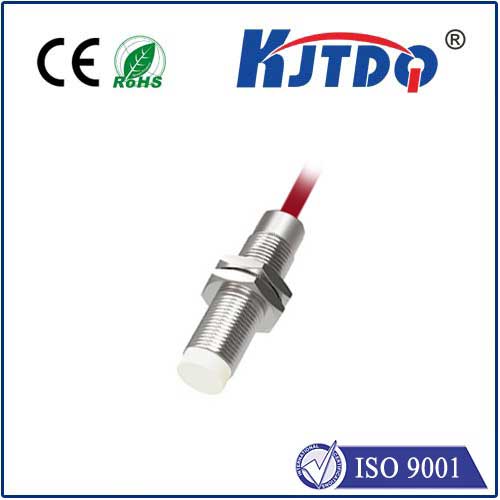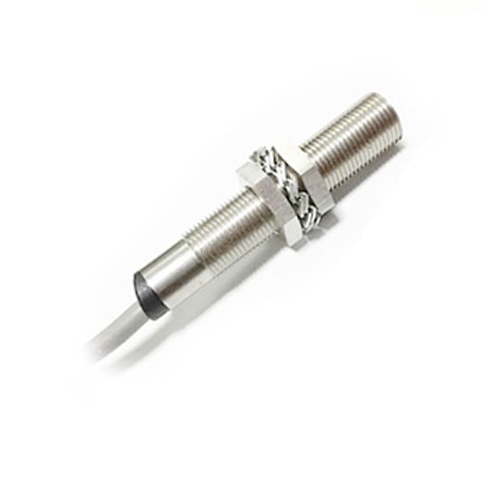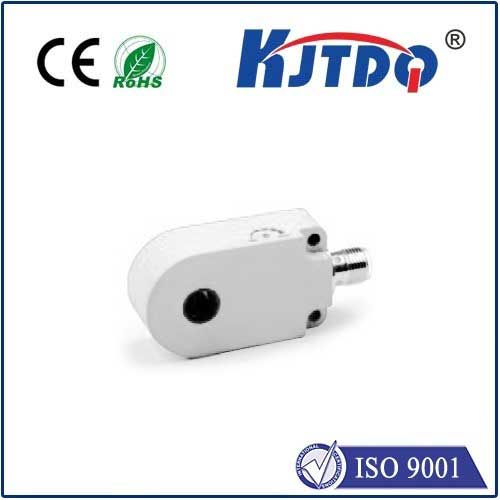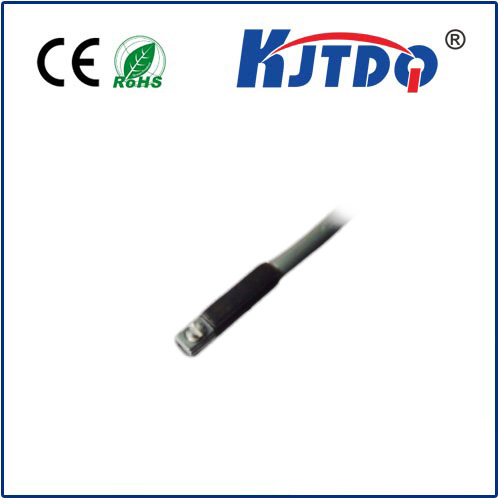wireless limit switch
- time:2025-07-30 12:00:17
- Click:0
Reimagine Machine Control: The Rising Power of Wireless Limit Switches
Tired of wrestling with tangled cables, drilling endless conduit paths, and facing costly downtime for installation or repairs in hard-to-reach areas? The industrial automation landscape is shedding its wired shackles, and wireless limit switches are emerging as a powerful catalyst for smarter, leaner, and more adaptable systems. These innovative devices are fundamentally changing how engineers approach position detection and machine safety.
What Exactly Are Wireless Limit Switches?
At their core, wireless limit switches perform the same essential function as their traditional wired counterparts: detecting the presence or absence of an object, or signaling when a machine component has reached its designated endpoint (limit). The critical difference lies in the communication medium. Instead of relying on physical electrical wires to transmit the switch’s state (open/closed, on/off) back to the control system (like a PLC), they utilize secure, robust wireless technology.
This wireless transmission typically leverages proven industrial protocols such as:

- ISM Radio Bands (e.g., 2.4 GHz): Offering a good balance of range, penetration, and bandwidth for most factory settings.
- Sub-1 GHz Frequencies: Often chosen for superior range and penetration through walls/machinery, albeit with lower data rates.
- Proprietary Mesh/Bus Networks: Some systems create self-healing, low-power networks for extensive installations.
Key Advantages Driving Adoption
The shift to wireless technology isn’t just a novelty; it delivers concrete, significant benefits:
- Dramatically Simplified Installation & Reduced Costs: This is the most compelling advantage. Eliminating conduit runs, cable trays, and complex wiring harnesses saves massive amounts of time and labor during both initial setup and system modifications. Installation becomes faster, cleaner, and significantly cheaper. Retrofit projects, where running new wires is often prohibitively expensive or disruptive, become feasible.
- Unprecedented Flexibility: Wireless switches liberate machines from fixed wiring constraints. They can be deployed where they are most effective – on moving parts, rotating machinery, temporary installations, or hazardous locations – without worrying about cable routing, flexing, or wear. This enables more optimal sensor placement for improved safety and efficiency.
- Enhanced Maintenance & Uptime: Diagnosing faults in complex wired networks can be time-consuming. Wireless systems often provide built-in diagnostics, reporting signal strength, battery status, and switch state remotely. Predictive maintenance becomes easier, and replacing a switch often requires just mounting and pairing a new unit, slashing repair times and minimizing costly downtime. Battery life is a key design focus, with many units lasting several years.
- Improved Safety in Hazardous Environments: Reducing wiring inherently lowers spark risks. Furthermore, wireless switches allow operators to install sensors in highly explosive (ATEX/Zones), high-temperature, high-humidity, or corrosive zones without needing complex intrinsic safety barriers or conduits, as the switch itself can be located safely outside the hazard area while the actuator senses within it. Remote monitoring also keeps personnel away from danger zones.
- Scalability: Adding new detection points or relocating existing ones is far simpler with wireless. Expanding your monitoring capabilities doesn’t require disruptive rewiring projects, just pairing and mounting new units within the wireless network range.
Ideal Applications
Wireless limit switches excel in scenarios where wired solutions are impractical, costly, or limiting:
- Rotating Machinery: Cranes, hoists, turntables, winders where rotating parts make wired connections impossible without slip rings (which wear out).
- Large Travel Systems: Overhead cranes, gantries, long conveyors, transfer cars traversing vast distances. Running cables becomes prohibitively expensive.
- Mobile Equipment: AGVs (Automated Guided Vehicles), transfer carts, temporary machinery setups.
- Hazardous Locations (Ex Zones): Refineries, chemical plants, grain silos – minimizing wiring in explosive atmospheres is critical.
- Hard-to-Reach Areas: High ceilings, confined spaces, areas behind heavy machinery. Avoiding cable runs simplifies everything.
- Machinery with Frequent Reconfiguration: Production lines that change layout often benefit immensely from the flexibility.
- Retrofitting Older Machinery: Adding limit functionality without ripping apart existing infrastructure.
How Do They Work? Understanding the System
A typical wireless limit switch system comprises several key components:
- Sensing Element: The physical switch mechanism (mechanical plunger, reed switch, proximity sensor, etc.) that detects the target object’s position.
- Wireless Transmitter: Integrated into the switch housing, constantly monitors the sensor state and transmits it wirelessly when a change occurs (state change) or periodically (heartbeat). Includes a battery (often long-life lithium).
- Wireless Receiver/Gateway: Receives the signal from one or multiple transmitters. Converts the wireless signal back into a standard industrial control signal (like a relay output, discrete I/O, or data communication via Modbus, IO-Link Wireless, etc.) compatible with the PLC or control system.
- Control System (PLC/PAC/DCS): Interprets the signal from the receiver just like it would from a wired switch, triggering programmed logic – stopping motors, changing direction, initiating sequences, or signaling alarms.
Choosing the Right Wireless Limit Switch: Key Considerations
Selecting the optimal solution requires careful evaluation:
- Operating Environment: Temperature range, potential for impacts/vibration, presence of dust/moisture/oil (IP/NEMA rating), explosion hazards (ATEX/IECEx certifications if needed).
- Wireless Range & Obstacles: Required distance between switch and receiver; the nature of obstructions (metal walls, machinery). Consider potential for repeaters if needed.
- Response Time/Latency: How quickly must the signal reach the PLC after detecting an object? Critical for high-speed or safety-critical applications.
- Data Requirements: Basic state change only? Or additional diagnostic data (battery level, signal strength, sensor status)?
- Operating Principles: Mechanical, reed, magnetic, inductive, optical? Suitability for the target material and environment.
- Power Source & Battery Life: Expected battery longevity and ease/cost of replacement. Some high-tech models offer energy harvesting options.
- Security: Robustness of the wireless protocol’s security (encryption, authentication) to prevent interference or spoofing. Look for industrial-grade security.
- Scalability & Network Capability: Number of switches needed now and in the future. Does the system support a mesh/bus network for easier expansion?
- Compliance: Ensure relevant regional radio regulations (FCC, CE RED, etc.) are met.
The Future is Untethered
Wireless limit switches, backed by increasingly mature and reliable wireless technology, represent a significant leap forward in industrial sensing and control. They offer tangible solutions to the persistent challenges of cost, complexity, and inflexibility inherent in traditional wired systems. As battery technology improves, data rates increase, mesh networking becomes more robust, and integration with IIoT (Industrial Internet of Things) platforms deepens, their adoption will only accelerate. For engineers seeking to build more resilient, adaptable, and cost-effective automation systems from the ground up or breathe new life into existing installations, the decision is becoming clearer: cutting the cord unlocks a new level of operational freedom and efficiency. The era of the **wireless












